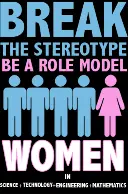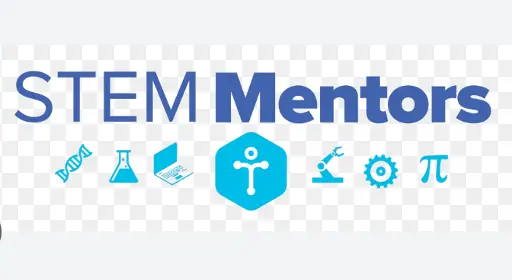Integrating women role models and mentoring in education
Integrating women role models and mentoring in education
Role models serve as tangible examples of success and possibilities in STEM. They embody the achievements that young women can aspire to and provide a sense of belnging in fields where they are often underrepresented. Seeing women excel in STEM can dismantle stereotypes and challenge societal norms that suggest these fields are predominantly male domains.

Historical and contemporary figures such as Marie Curie, Ada Lovelace, Katherine Johnson, Rosalind Franklin, Hedi Lamarr and Sally Ride offer inspiring narratives that highlight women's contribution to STEM. By showcasing their stories, educators can help young women envision themselves in similar roles. The visibility of female scientists, engineers, and technologists in media, ecucational materials, and public discourse is crucial in shaping perceptions and aspirations.

The importance of mentoring
While women role models inspire, mentors provide direct support and guidance. Mentoring in STEM involves experienced professionals offering advice, resources and encouragement to younger or less experienced individuals.Mentoring programs can help adress various barriers that women face in STEM. That include lack of confidence, limited access to networks and the challenge of balancing work-life commitments. A mentor can provide personalized advice, help navigate institutional cultures and offer more support during difficult times.
Effective mentoring also involves fostering a growth mindset, where setbacks are viewed as learning opportunities rather the insurmontable obstacles.Mentors can model resilience and persistance, demonstrating that success often requires perseverence.
Integrating women Role Models and Mentoring in Education
Educational institution play a critical role in integrating role models and mentoring into STEM education. Schools and universities can invite female STEM professionals to speak at events, participate in panels and engage with the students through workshops and seminars. Additionnally, creating formal mentoring programs that pairs students with menors can provide sustained support.

Mentoring should not be limitated to academia; industry partnership can also be invaluable. Companies can establish internship and mentorship programs, allowing students to gain practical experience and build professional relationships.
Establishing Role Modeling program
Role modeling programs can be established at various levels, including schools, universities and professional organizations. These programs should be designed to provide frequent and meaninful interactions between young women and female STEM professionals.
Integrating Role modeling with Curriculum
Incorporating the stories and achievements of women in STEM into the educational curriculum can normalize their presence and inspire students from early age.
1. Textbooks and Learning materials
- Inclusive content: Ensure that texbooks and others learning materials include examples and case studies of women in STEM.Highlighting diverse contributions can make the subject matter more inclusive and relatable.
- Biographies and stories: Include biographies of female STEM pionners and contemporary leaders in the curriculum. These narratives can serve as powerful examples of resilience, innovation and succes.
2. Project-Based Learning
- Role Model Projects: Assign projects that require students to research and present on the achievements of female scientists, engineers and technologists. This can foster a deeper understanding and appreciation of their contributions.
- Collaborative projects: Encourage collborative rojects that brings together students with female mentors from industry or academia. Real-world connections can enhance learning and provide valuable networking opportunities.
Conclusion
Promoting women's visibility in STEM through role modeling programs and activities is a multifaceted approach that requires collaboration across educational intitutions, professional organizations, media and public discourse.By providing inspiring examples, personalized mentorship ans a supportive environment, we can encourage more young women to pursue and thrive in STEM careers. This is not only benefits individuals but also enriches the STEM fields with diverse perspectives and talents, driving innovation and progress.
There are no comments for now.
